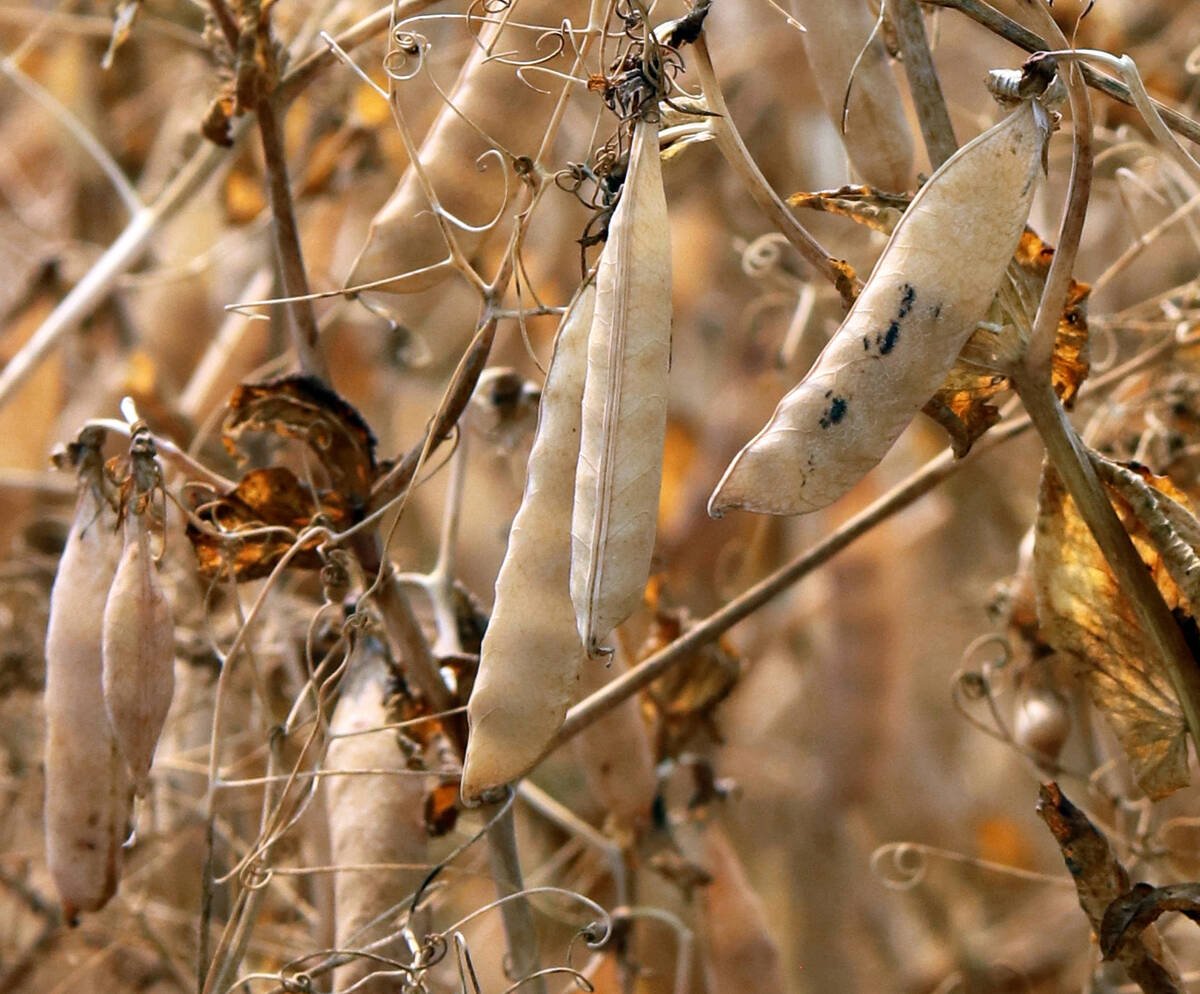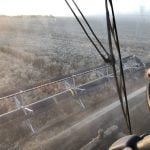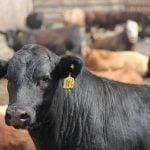BioFerScience has encapsulated propylene glycol into a bolus to make it easier to administer the product to cows
Glacier FarmMedia – Giving cows a propylene drench to treat ketosis can be challenging and physically demanding for humans and risky for the animals. BioFerScience, a London, Ont., company, has created an alternative that is easier and safer to apply.
Ketosis occurs when a cow is in a negative energy balance and uses up body energy reserves, releasing ketones. Farmers treat ketosis by supplementing cattle with propylene glycol, which helps provide energy.
BioFerScience founder and owner Behnam Abbasian is a veterinarian who created the company from work he did during a microbiology degree at Western University.
Read Also

Trump’s tariffs take their toll on U.S. producers
U.S. farmers say Trump’s tariffs have been devastating for growers in that country.
He runs a microbiology laboratory in London, where he specializes in micro-encapsulation, the protection of small particles from the environment.
“We developed a unique encapsulation method to protect each individual cell of bacteria,” he said during an interview at Canada’s Outdoor Farm Show, which ran at Woodstock, Ont., in mid-September.
He has boluses with probiotics for cows and calves under the ProFlora brand but it was the company’s ketosis product that won the livestock innovation category at the show.
The ProFlora Cattle Energy-Balance Capsule contains powdered propylene glycol, which is released gradually in the cow’s rumen. Each bolus also includes 10 billion S. boulardii bacteria cells to help with rumen health and recovery from ketosis.
“Not only do the capsules deliver an energy source for the cattle but also probiotics, and by improving rumen fermentation, gets the cattle back to production faster,” says Abbasian.
Cows are normally treated with a drench of propylene glycol, which is not always an easy process. It can also be administered intravenously in some cases.
The propylene glycol bolus is administered in the same way as a calcium bolus, using a standard applicator.
















